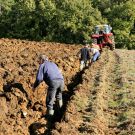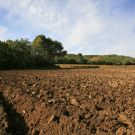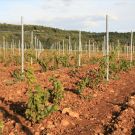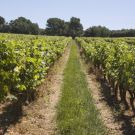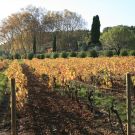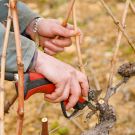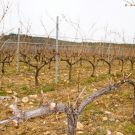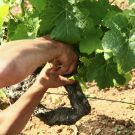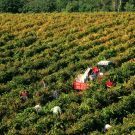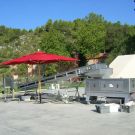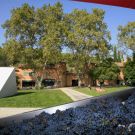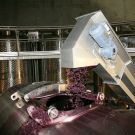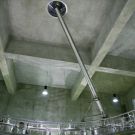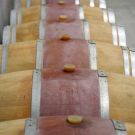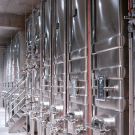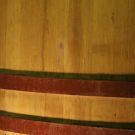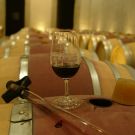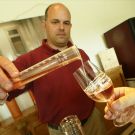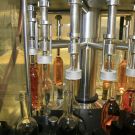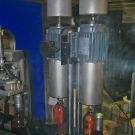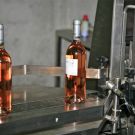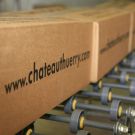The wine
Technical itinary
The development of fine wines is primarily the work of the vine grower, the winemaker will optimize over the maceration, ageing and blending. Here is an introduction to our technical way, repeated each year with passion, taking into account soil and climatic factors, and the wine makers inspiration. Every step is designed to respect the land, our vines and our wines, thus to ensure enjoyment and satisfaction year after year.
2 – Soil preparation
We use plough, rotary hoe, or grape hoe pull by tractor to air the soil between the vine rows or by hoe under the rows to control the grass. We also grow grass in the vine rows to create a healthy competition between the controlled grass and the vines. Appropriate organic manure, a winter pruning and green harvest help to keep the vigour down like the leave pile up and with it improve the maturity and healthy grapes. So we are less sensitive to illnesses and can reduce the rate of treatment and to ensure a decent protection for the vineyard. This brings us to only prescribe once a year a contact herbicide in the vine rows and to banish any insecticides. Sheep are a benefit to the vines preventing winter adventitious.
4 – De-budding
From April to the beginning of August, the green works determines the quality of the harvested crops. It needs a fair amount of qualified workers and takes place in several stages. First of all, we take away the excess branches then the leafs that reduce the good sunshine and grape’s ventilation and finally a green harvest around 30% to 50% depending on the weight and production’s objective.
7 – Wine making
The grapes are tanked by gravity thanks to a movable stainless steel pipe which circulates on a central rail of the circular winery in the vathouse.
This allows to always respect the harvest integrity and to keep the whole grape in the tank.
All our wines are issued from maceration.
We use cold pre fermenting maceration for all the Whites and Rosés, from 6 to 28 hours then there ferment in regulated thermo stainless steel tanks.
We use long maceration for the Reds, up to 4 weeks. The vinification in wooden tanks at high temperatures towards the end of the vatting, the potential use of micro oxygenation, and before all an optimal maturity, donate to the domain’s red wines an elegance and velvety tannins but keeping a nice tannic structure.
We work in ideal conditions, of storage and of temperature; these with the wish of reducing the incoming substance allow us to moderate the need and the use of oenological products.
8 – Ageing
The Exception Rosé has the particularity of fermenting and ageing in a new wooden barrel made from French and American oak during 8 months. Ageing in barrel softens the tannins and brings some richness to the wines with an aromatic touch of Bourbon-vanilla.
We appreciate both wooden and concrete tanks for the ageing of the Reds presenting an intermediary tannic structure, in order to give them some volume, to wrap the tannins without interference on the aromatic palette.
While the strongest Reds mature in barrel, of which 1/3 of new ones, during 12 months.
The fruitier Reds, Whites and Rosés are kept in stainless steel tank to preserve their primary aromas.




